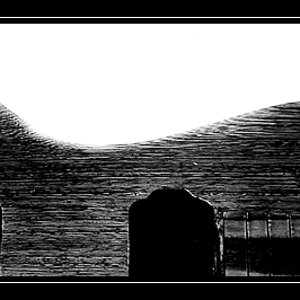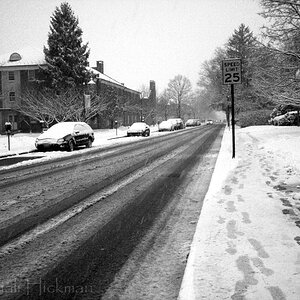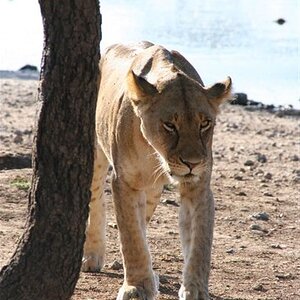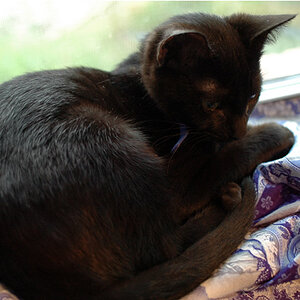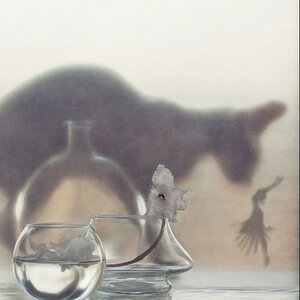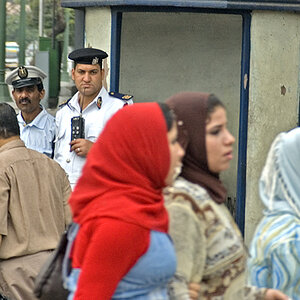Irishwhistler
Been spending a lot of time on here!
- Joined
- Nov 1, 2018
- Messages
- 1,898
- Reaction score
- 1,553
- Location
- New England
- Can others edit my Photos
- Photos NOT OK to edit
Aye Mates,
A few photos capturing the progress o' British / Irish Labrador Retriever gun dog ALLIE MAE, currently three years old and our o' a breeding sired by me champion HRCH UH TTF CRAIGHORN KIFFIN TRAD SH and out o' TTF BIRCH BRANCH MAGGIE.

~ Allie Mae ~ A wee waterfowler at the ripe old age o' six weeks. ALLIE MAE exhibited bird drive right from the start.

~ Charmed~ The Dog Whistler working his retriever trainer charm on Allie Mae and one of her siblings, or was it the other way around? There were a total of seven beautiful Labrador pups in this selective breeding (four yellow pups and three black pups).
The training o' Allie Mae was entrusted by her owner Bill to yours truly very early on in her development as a gun dog prospect trainee.

~ Special Delivery ~ Fast forward and many days o' formalized training later, Allie Mae is seen gently delivering a game bird in classic style into the hand o' her owner / handler Bill upon his issue o' the command "GIVE". Allie Mae is utilized primarily in the hunting o' upland game birds and is also a cherished loyal family companion. Bill and Allie Mae are rarely seen apart. A more gentle and social dog would be hard to come by

~ Team Allie Mae ~ Allie Mae and her owner handler Bill are seen with a nice trio o' rooster pheasants after a successful morning's hunt. Allie Mae is a seasoned retriever gun dog that demonstrates intense bird drive, penetrates heavy bird cover tenaciously, is an excellent tracker with great scenting ability, marks the flight and downing o'birds very accurately, and is steady to wing, shot, and fall. Allie Mae is very stylish and athletic while working birds afield and she is a true joy to watch at work. Allie Mae's obedience is spot on.
Bill is absolutely thrilled with Allie Mae as his companion gun dog. Bill and his wife Maria are amazed at how Allie Mae is so calm about their home and how gentle she is with their grandchildren.
I have a particularly soft spot in me heart for Allie Mae, both as her trainer, and having provided the sire for this breeding. A very sweet Labrador o' particularly fine British and Irish field performance bloodlines, Allie Mae is a pleasure both whilst afield or as a companion dog in the home.
Allie Mae will enter her fourth season afield hunting upland birds in the autumn / winter o' 2020.
Cheers,
THE DOG WHISTLER
A few photos capturing the progress o' British / Irish Labrador Retriever gun dog ALLIE MAE, currently three years old and our o' a breeding sired by me champion HRCH UH TTF CRAIGHORN KIFFIN TRAD SH and out o' TTF BIRCH BRANCH MAGGIE.
~ Allie Mae ~ A wee waterfowler at the ripe old age o' six weeks. ALLIE MAE exhibited bird drive right from the start.
~ Charmed~ The Dog Whistler working his retriever trainer charm on Allie Mae and one of her siblings, or was it the other way around? There were a total of seven beautiful Labrador pups in this selective breeding (four yellow pups and three black pups).
The training o' Allie Mae was entrusted by her owner Bill to yours truly very early on in her development as a gun dog prospect trainee.
~ Special Delivery ~ Fast forward and many days o' formalized training later, Allie Mae is seen gently delivering a game bird in classic style into the hand o' her owner / handler Bill upon his issue o' the command "GIVE". Allie Mae is utilized primarily in the hunting o' upland game birds and is also a cherished loyal family companion. Bill and Allie Mae are rarely seen apart. A more gentle and social dog would be hard to come by
~ Team Allie Mae ~ Allie Mae and her owner handler Bill are seen with a nice trio o' rooster pheasants after a successful morning's hunt. Allie Mae is a seasoned retriever gun dog that demonstrates intense bird drive, penetrates heavy bird cover tenaciously, is an excellent tracker with great scenting ability, marks the flight and downing o'birds very accurately, and is steady to wing, shot, and fall. Allie Mae is very stylish and athletic while working birds afield and she is a true joy to watch at work. Allie Mae's obedience is spot on.
Bill is absolutely thrilled with Allie Mae as his companion gun dog. Bill and his wife Maria are amazed at how Allie Mae is so calm about their home and how gentle she is with their grandchildren.
I have a particularly soft spot in me heart for Allie Mae, both as her trainer, and having provided the sire for this breeding. A very sweet Labrador o' particularly fine British and Irish field performance bloodlines, Allie Mae is a pleasure both whilst afield or as a companion dog in the home.
Allie Mae will enter her fourth season afield hunting upland birds in the autumn / winter o' 2020.
Cheers,
THE DOG WHISTLER


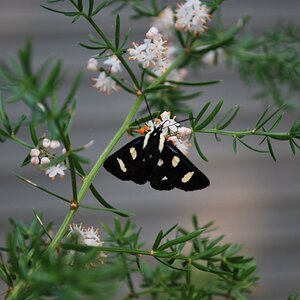
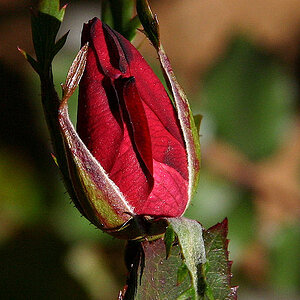
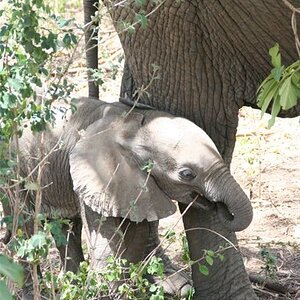
![[No title]](/data/xfmg/thumbnail/32/32706-50b778fbc110c8ea4472547d54c6a923.jpg?1619735610)
